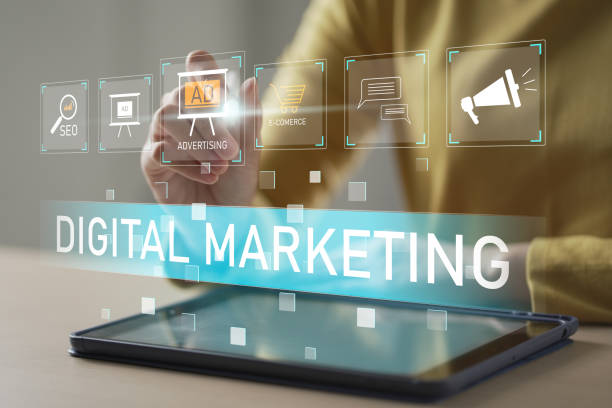
A passage rite for entrepreneurs wishing to start their own business: making a logo is fundamental for top-notch branding, building recognition, and dominating markets across various industries.
Those who embark on their own logo design process must remember one thing: a logo design project is an undertaking that must be done right. It requires creativity, thought, and proper collaboration as well as time.
When business owners embark on their own logo design process, they should do it right. Contrary to their own belief, they do not need to have a monumental budget to hire a designer or an agency or have a design background to make a logo. They can use a logo-generating tool.
From looking for inspiration to selecting the correct color schemes and fonts, the guide can help create the way a logo should be designed from start to end. This can help budding entrepreneurs complete the process on their own (if they desire doing so).
Understanding a logo
Professionals from a Dubai-based logo design company explain that a Logo is a branded design working as a symbol to represent a business, brand, or company. McDonald’s Golden Arches, Nike’s Swoosh, Toyota’s interloped ovals, and Honda’s Silver H; are examples of some of the best logos present.
A logo is an identifying factor that helps audiences recognize a business, brand, and company from the many present. It acts as the factor people recognize over time and hence associate it with the trust in the products/services,/or content, and other factors.
A logo that is successful goes beyond imagery. It tells a story that connects well with the audience. Crafting that kind of logo involves adding elements that reflect the brand’s identity, appeal to the audience, and embrace modern design trends.
Logos come in various forms. They are based on both text, images, and a mix of both. Once they are complete, they are hence stamped on marketing assets and materials like business cards, packing materials, and of course, websites.
Steps on making a worthwhile logo
Making a logo is undoubtedly a daunting process. However, breaking it down into simple steps can make the process more manageable. Let us now have a look at them:
Defining the brand identity
It is wise to clarify the brand’s core values before going into design. The brand’s personality and target audience also need to be defined. The message to be conveyed also is formulated in this stage.
Researching and taking inspiration
Exploring logos within the industry helps. Analysis of what makes them effective helps too. Designers must look for inspiration in buildings, nature, design trends, abstract concepts and the like. Creating a mood board for gathering visual ideas and making a design direction works.
Brainstorming sessions and sketching
Designers should start sketching rough concepts of the logo based on brand identity and research. Focusing on idea generation is key. Experimenting with various shapes, symbols, and fonts works. Considering how they reflect the brand’s message also works.
Choosing a design style
Deciding on a design style that goes well with the brand is a wise choice. Apart from hooking onto a logo design trend, classic, abstract, minimalist, modern, and playful are among the styles to be considered. The choice can influence the color palette, font choice, and overall aesthetic of the logo.
Choosing a color palette
Colors evoke associations and emotions. Selecting those that resonate well with the audience, and the brand’s personality is ideal. This is why it is important to research color psychology to understand the meanings behind different hues. The palette should be limited to two or three colors for clarity and simplicity’s sake.
Consider digital design
The sketches should be in digital form via graphic design software (Adobe Illustrator, Canva). The chosen concept should be refined, and designers must ensure balanced proportions with clean lines. They should give alignment and spacing attention.
Refinement and Iteration
Reviewing the logo design is compulsory and necessary adjustments need to be made to prevent any further errors. Feedback from team members and others involved provides more perspectives. Iterating on the design until the final logo is achieved is desirable.
Creating variations of each design
Having variations of the logo’s design works with different uses, especially print materials, social media profiles, and website favicons. The logo should be scalable and look good at all sizes.
Finalizing and Testing
Now is the final part where the logo is tested with the audience. Once the reactions are gauged, final touches are made to make it memorable, unique, and a true representation of the brand’s identity. Then it is finalized and many formats are made.







